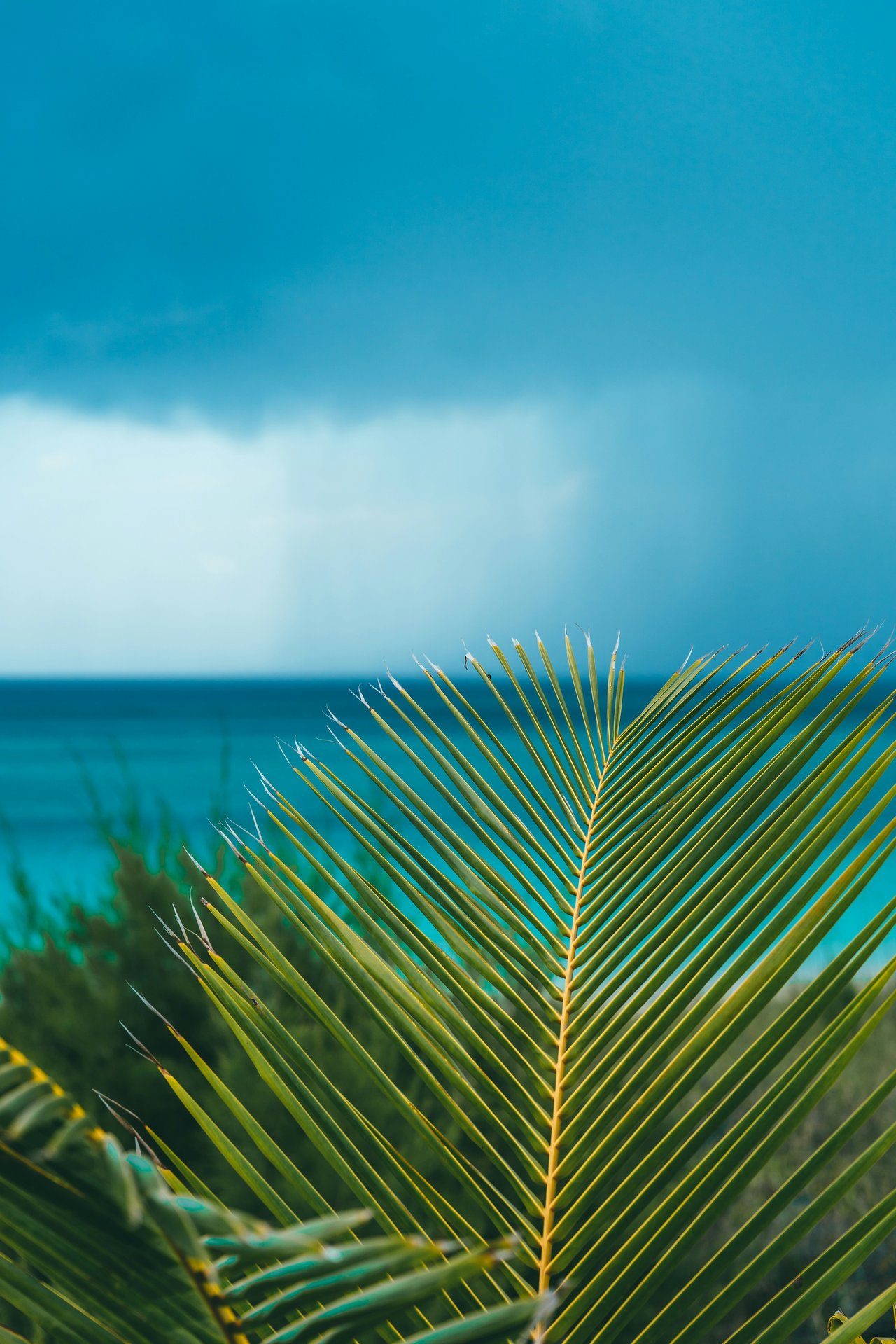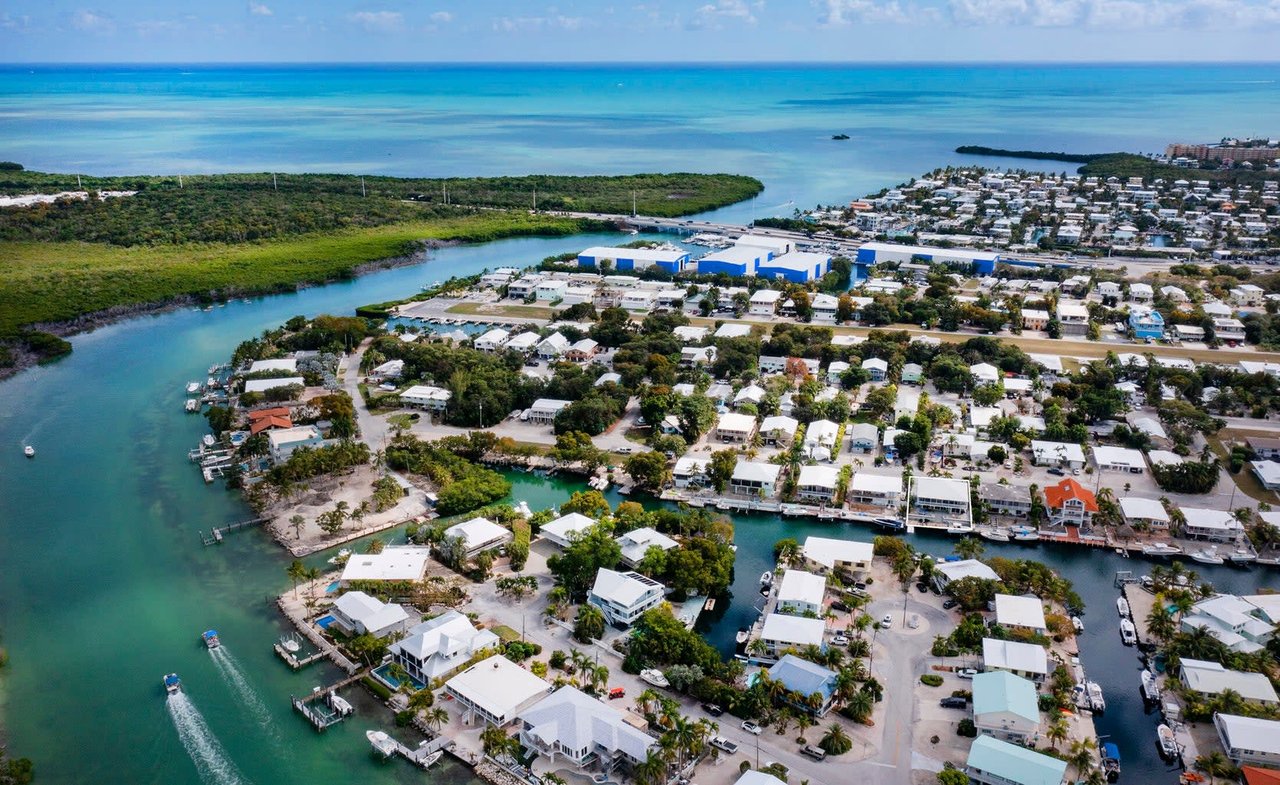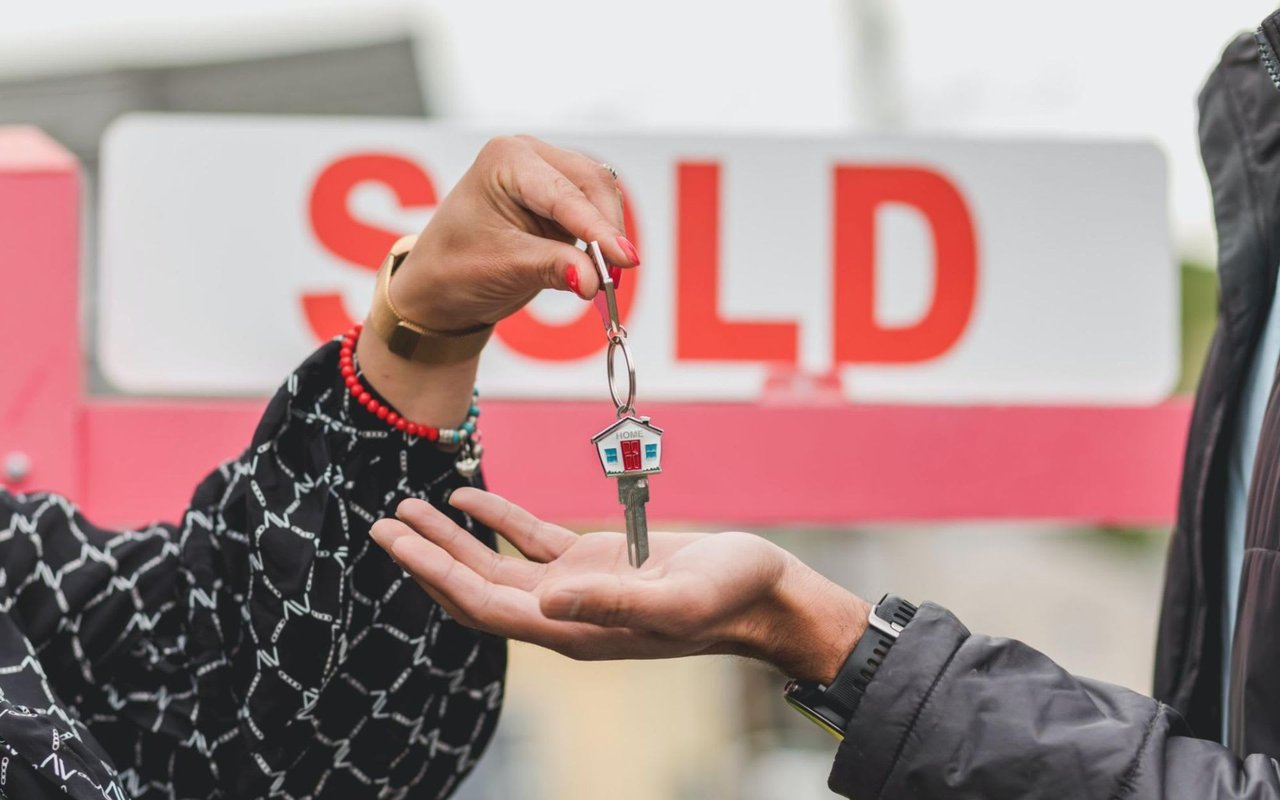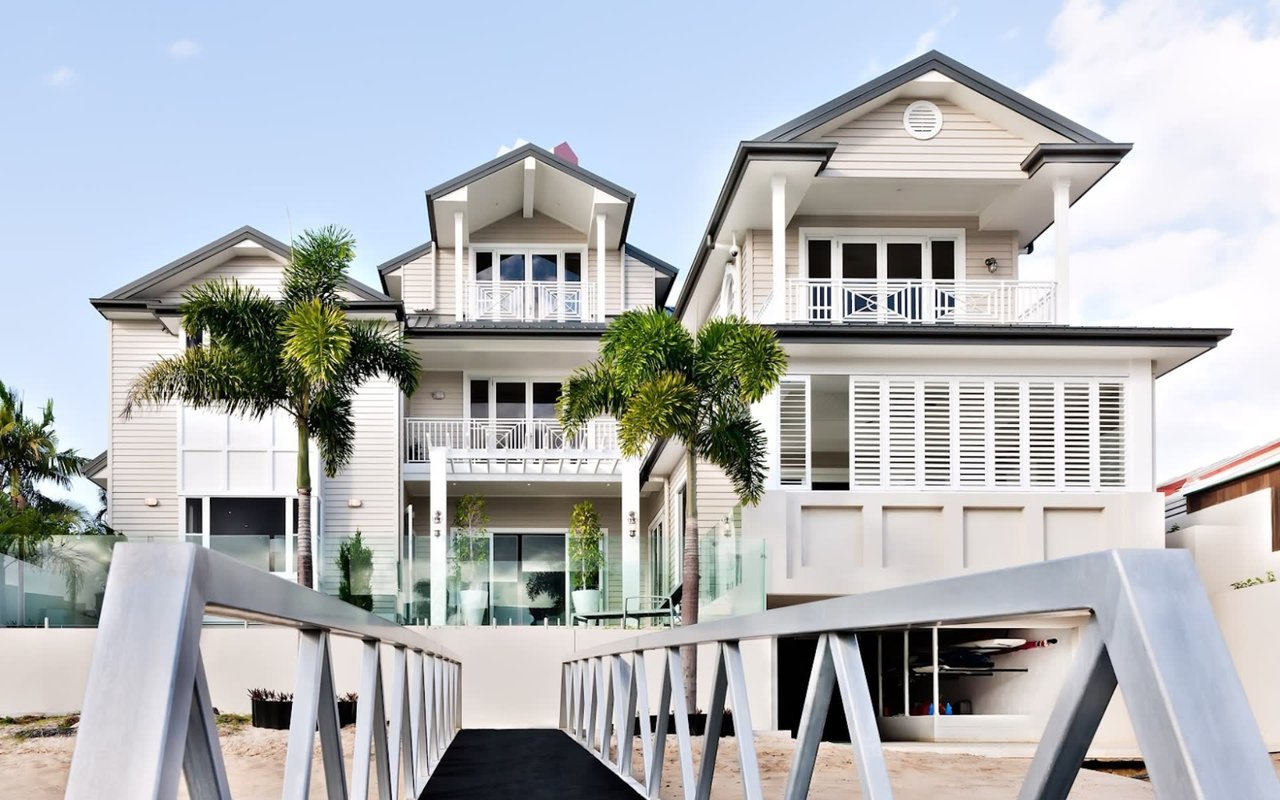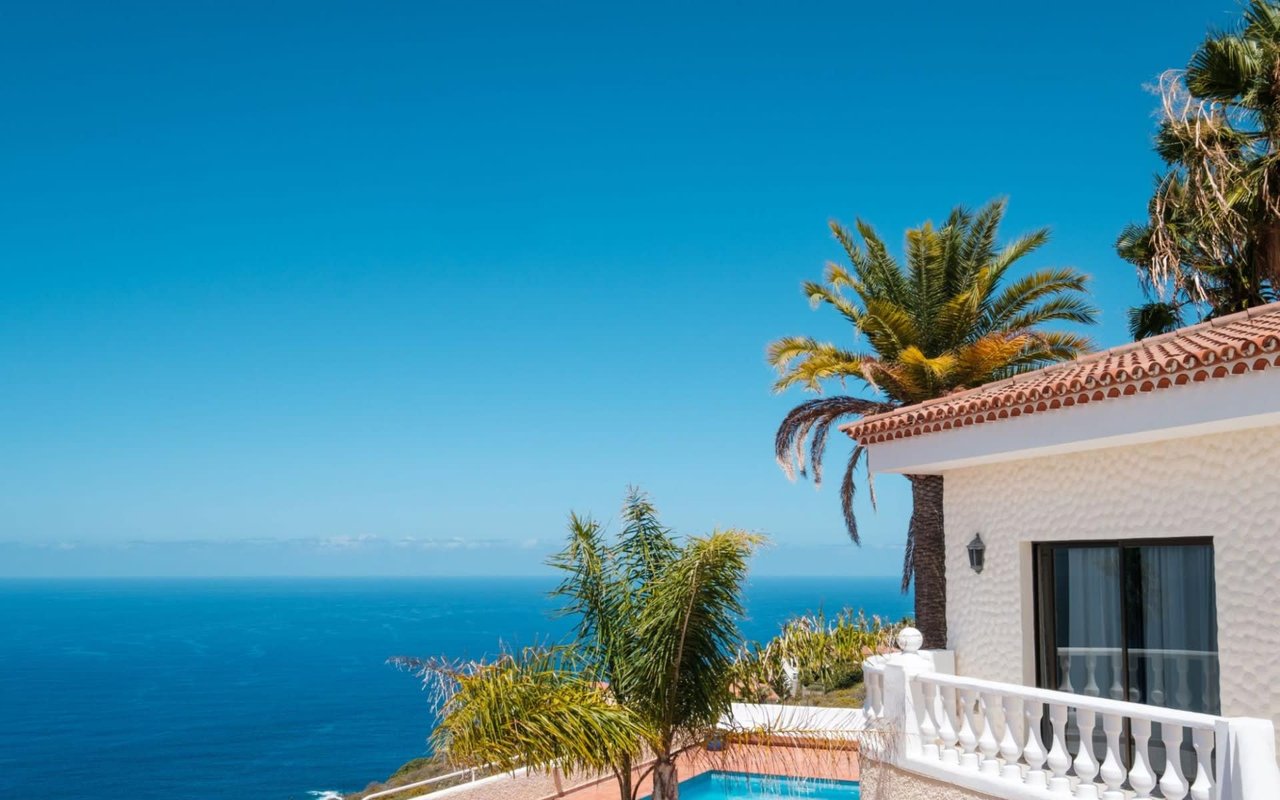The Florida Keys are home to some of the most desired real estate in the continental U.S. As such, the demand for homes in the area can hardly be surpassed, even in the nation’s other chart-topping luxury neighborhoods.
But what makes the Florida Keys even more unique is the
special natural environment that surrounds it on all sides. So what exactly can you expect if you’re planning on building a home in the Florida Keys? Everything you need to know is below. Let’s get started!
What to expect
Let’s begin with the big picture: what does it take to build a home in the Florida Keys? First, you can expect plenty of time constraints — and delays. The permitting process will likely take more than a year. However, some builders have received all their permits in less than this amount of time.
Whereas most other states can grant home builders permits in under a week, the Florida Keys works slightly differently. Much of the area is governed by a “tier system” that determines what level of protection you’ll need for the environment around your home. Here are more details:
- In Monroe County, a tier three property is called scarified or disturbed. It requires the least amount of permits to build on it.
- A tier-one property is on the opposite end. It contains highly sensitive flora and fauna that could be totally protected by the county, state, and even the federal level.
- In Islamorada and special areas of Marathon, the county requires you to hire a biologist to inspect your land to see what level of protection it needs.
- There are several other levels of natural conservation you’ll likely have to find a permit for if building a new house in the Keys.
Lastly, you can expect to incur fees — some of which can exceed six figures — if you neglect any part of the permit process. Be smart early on and hire a local real estate agent like
those at Walters Luxury Group, who are knowledgeable about conservation laws in your area.
Cost of buying and renovating an existing home
Next, let’s turn to a comparison. What will be the cost of buying and redesigning an existing home versus building a new one? First, the cost of renovating an existing home.
Renovating a home, when we add up all the advantages, is clearly going to cost less than building a new property. The lower cost is mainly due to the number of permits, codes, and conservation restrictions that you’ll be able to avoid paying for.
You won’t have to worry about possibly incurring heavy fines for
removing mangroves, building marginal docks, or cutting back seaside vegetation because it will already be done. Also, you won’t have to jump through hoops to find, sign, and pay for the numerous permits that Keys homeowners all need to pursue when building a home.
Everything — usually — will be already completed for you if you buy a home that’s already there. As always, stay in touch with a professional in case you have questions about the vegetation on your land or if you wish to clear more of it.
Cost of building a new home
But what about the cost of building a new home? Obviously, you’ll have lots of permits to complete before breaking ground. It will take upwards of a year to do this, so you have to account for that additional time when waiting to occupy your home. Plus, you may not even get a chance to build on the Keys thanks to the
Monroe County “ROGO” statute.
ROGO is a series of laws that limit the number of properties that can be built in the area. It chiefly helps to protect residents from the effects of hurricanes and to conserve native species. The county allots points to new home builders based on the soundness and location of their planned home, and if your property doesn’t achieve enough points, you may not have the right to build at all.
FAQ: What’s the permit process for vacant lots in Monroe County? What about native flora and fauna?
Now that we’ve laid out the groundwork for building a home in the Florida Keys, let’s answer some questions.
How do you receive a permit for vacant lots in Monroe County? The first step is to apply for ROGO eligibility and make your planned home have as many points as possible. You can do this by ensuring your home is above base flood elevation, that the first floor is at least nine feet above sea level, and by following
other requirements.
Next, determine if your lot is on a canal. If so, you can indeed clear a percentage of the mangroves surrounding it and build a dock as long as you go to the Army Corps and the Department of Environmental Protection to ensure you do it to code.
Finally, you’ll have to check that your lot is or isn’t on a
hammock, which means it’s dominated by native vegetation and can rarely be cleared. Normally, you can’t clear any more than 7,500 square feet of conserved land on a lot, but hammocks are even more restricted.
As you can see, the laws surrounding permits and native conservation are tightly linked. The best course of action is to hire a local real estate agent who knows these regulations by heart. They’ll be able to help you avoid any serious fees that you might get otherwise.
Get in touch with a local real estate agent today!
If you have any other questions or comments about building a home in the Florida Keys or buying real estate in the area, contact
Walters Luxury Group today for more information.


